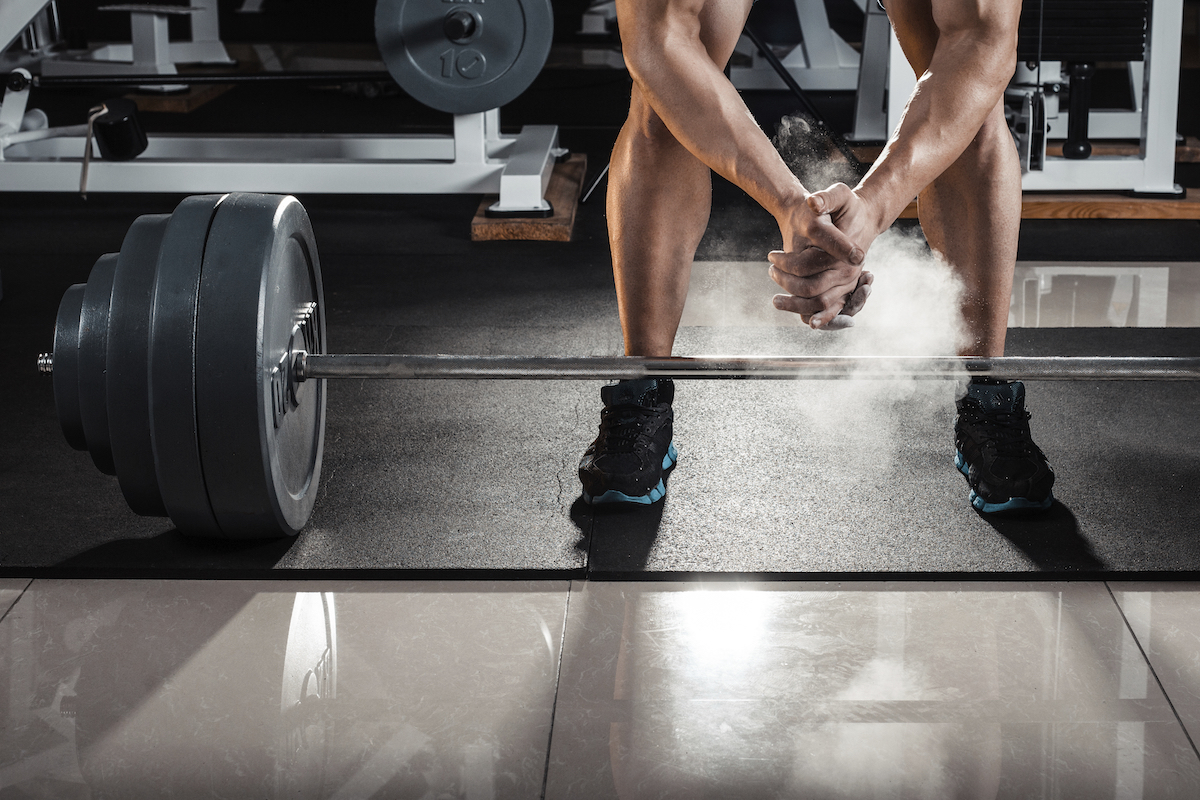The things that make one an elite weightlifter are fascinating to study. In 1984 Kauhanen et al published a study looking at 13 Finnish weightlifters. Seven of the lifters were elite lifters, being national champions and record holders and six were district-level weightlifters (see the table below to see the differences in their lifts). The intent of the study was to see if the differences in their performances could be explained by how they performed the lifts.
| Elite | District | |
| Weight (kg) |
76 |
76.3 |
| Snatch (kg) |
117.9 |
91.5 |
| C&J (kg) |
147.9 |
114.3 |
With this in mind, the lifters performed a lift at 70%, then added 10% to the bar until a maximum was reached. The heaviest lift was analyzed. The authors divided the snatch and clean into the following phases:
Preparatory phase
First pull: Floor to knee
Second pull: Around the knee
Third pull: Explosion
Drop under the barbell
The jerk was divided into the dip, drive, and drop under the bar.
The results are interesting. In short, there are small differences in the technique between the two groups – often these differences are so small they are not statistically significant, but they have an impact on performance.
In terms of both the snatch and the clean, the elite lifters performed the lifts faster than the district lifters did:
- The elite lifters got the bar from the floor to a position around their knees faster than the district lifters did. In the snatch, the elite lifters did this almost 6% faster; in the clean the elite lifters did this almost 20% faster.
- The elite lifters spent longer performing the explosive part of the snatch (12% longer) and the clean (5% more), and this resulted in their spending less time dropping under the barbell than the district lifters (8% less in the snatch, .8% less in the clean).
In the snatch and the clean, the elite lifters produced greater ground reaction forces for most of the phases of each lift when compared to the district-level lifts (between 4-10% depending upon the phase of the lift). The exception in both lifts was the second pull (i.e. getting the bar around the knees) where the elite lifters produced 2-5% less than the district-level lifters.
The velocity of the barbell was very similar in all phases of the clean and the snatch between both levels of lifter. However, both lifts were performed with slightly different technique:
- In the snatch, the elite lifters began the lift with the shoulders more forward than the district lifters. By the time the bar reached the knees, and then during the explosion, the elite lifters had their shoulders further behind the bar than the district-level lifters.
- This trend was repeated during the clean, but was not as noticeable.
During the drop under the bar phase (i.e. the highest the barbell is lifted), the elite lifters lifted the bar to a smaller height than the district-level lifters:
- The elite lifters lifted the bar to a height equivalent to 72% of their height in the snatch versus 76% for the district-level lifters.
- The elite lifters lifted the bar to a height equivalent to 60% of their height in the clean versus 61% for the district-level lifters.
There were similar trends with the jerk. In the jerk, the lift was performed 13% faster by the elite lifters. The elite lifters produced 7-8% greater ground reaction forces during the dip and drive of the jerk. The velocity of the barbell was almost identical between the two groups of lifters.
Undoubtedly there are a multitude of factors that can distinguish these lifters. The elite lifters are probably stronger in terms of squats, pulls from the floor, presses, etc. The elite lifters have more training and competition experience. The elite lifters may be better able to recruit fast-twitch muscle fibers faster, and there may even be anatomical and psychological differences between the two groups. However, it’s interesting that there are subtle differences between the techniques of the two groups of lifters.
The elite lifters perform the lifts faster, but they spend more time in the explosive phases of the lift. The assumption that the elite lifters are stronger and more explosive is borne out by the greater ground reaction forces during the lifts. In addition, the differences in the positioning of the shoulders relative to the barbell and the height that the barbell is lifted too indicate small differences in technique that can result in less energy being wasted attempting to perform the lifts.
Kauhanen, H., Hakkinen, K., and Komi, P.V. (1984). A biomechanical analysis of the snatch and clean and jerk techniques of Finnish elite and district level weightlifters. Scandinavian Journal of Sports Science, 6(2): 47-56.


